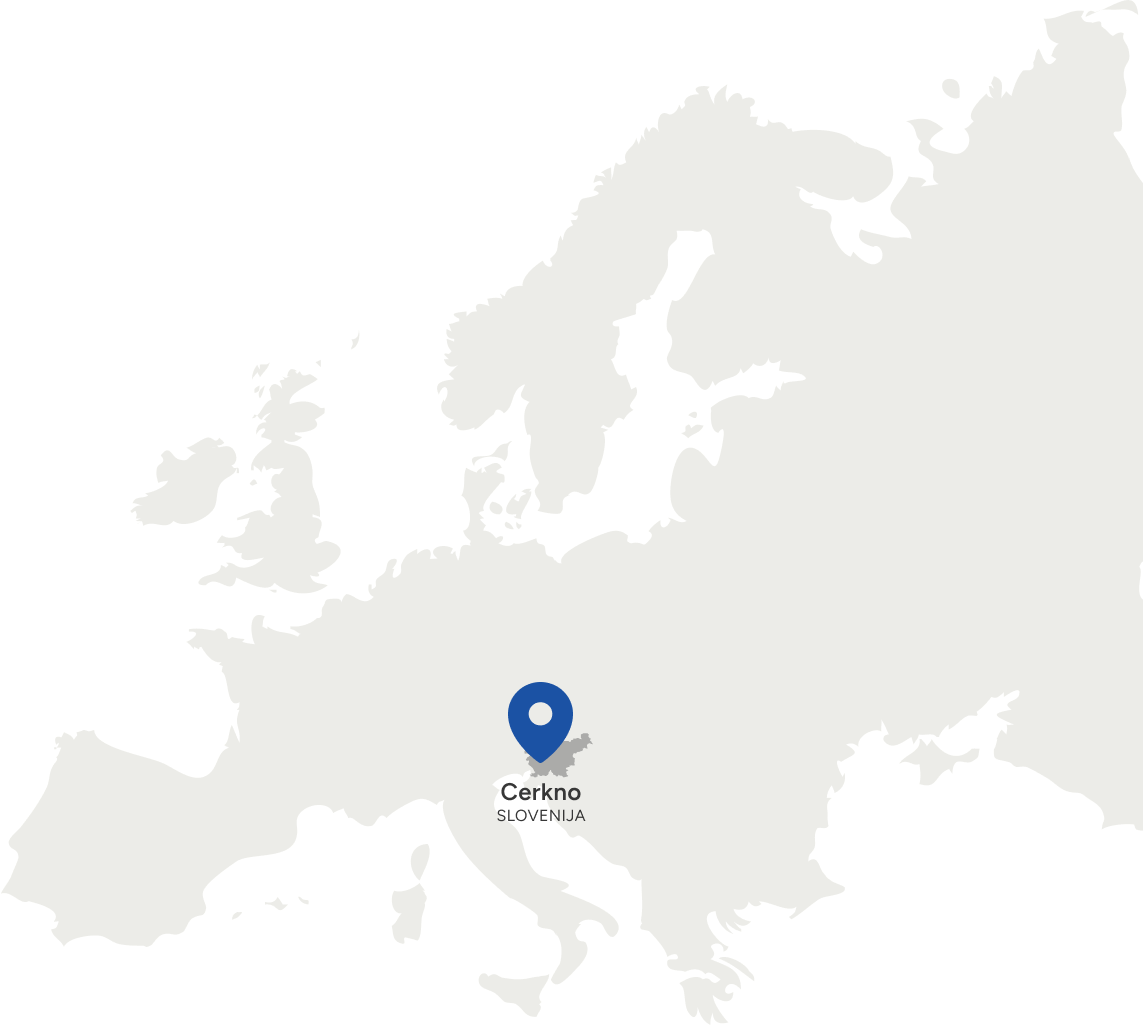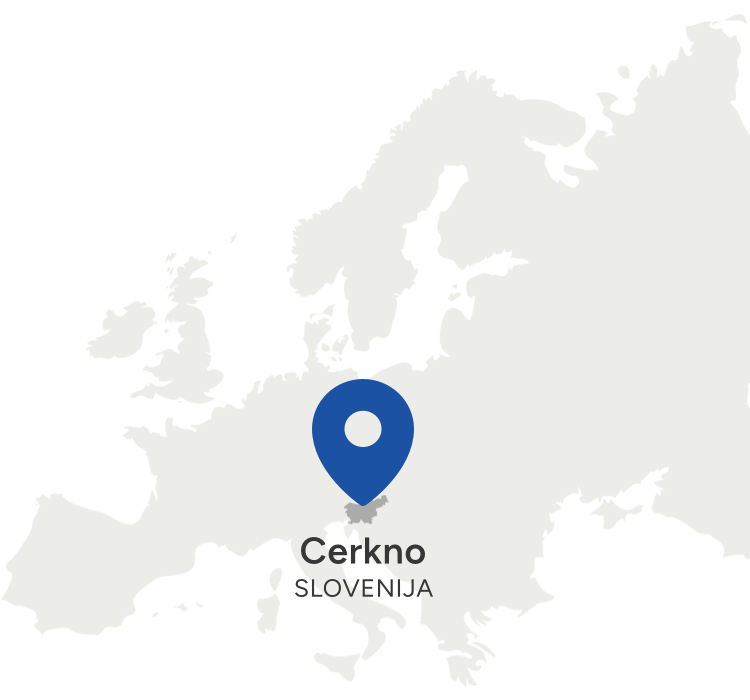Exploring the cultural heritage


Along cultural heritage routes
Traces of a rich history, which are found here owing to a unique geographical location, have left an unmistakable imprint on the cultural and natural heritage of this area. While wandering through the vast forests and along the rivers, you will come across many treasures that have been shaped by nature and ingenious humans in days gone by.
-
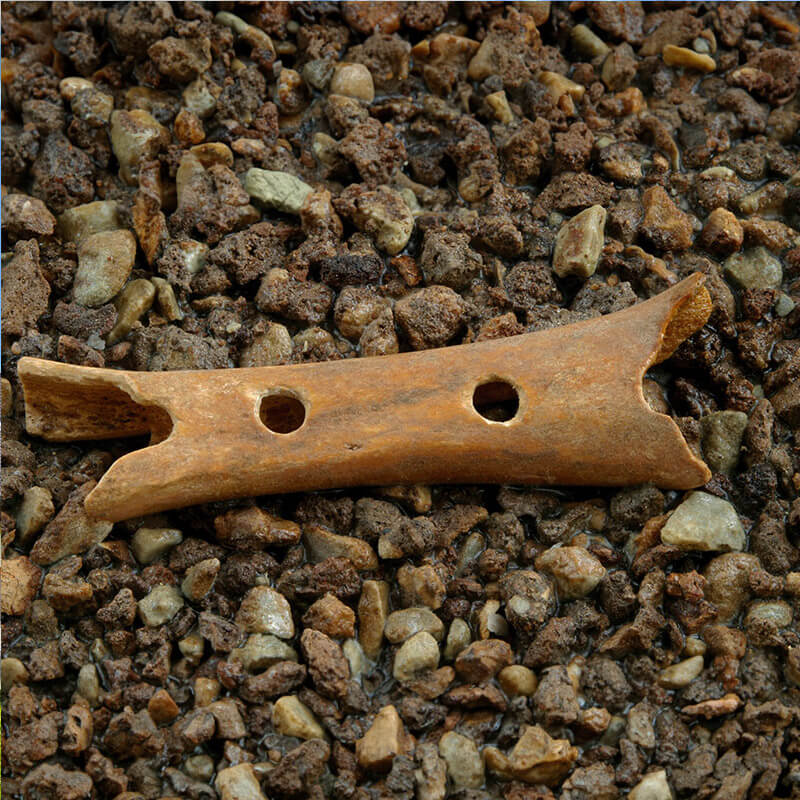
Archaeological park
An outstanding find: the world's first musical instrument
The Divje Babe Archaeological Park is one of the world’s most important Early Stone Age sites. Deep inside the steep and rocky slope of the Idrijca river is a hidden cave, where a number of important finds have been discovered: the bones of more than sixty animal species, a large number of stone and bone tools and, most importantly, the world’s first musical instrument, made by Neanderthals. The musical instrument, which is neither a whistle nor a flute, is made of a cave bear femur. It has four holes and a mouthpiece blowing edge, which makes it possible to play some rather complex tunes.
-
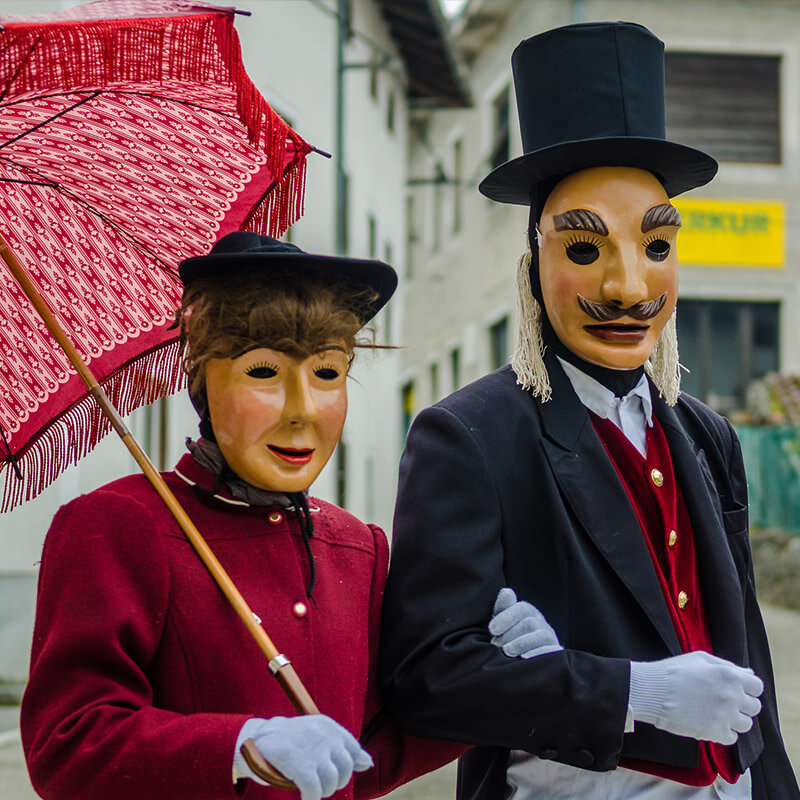
Cerkno museum
Shovetide and skis, laughter and sports
The Cerkno Museum is the custodian of Cerkljansko’s entire ethnological and cultural heritage. The permanent exhibition titled ‘It’s the Carnival’s Fault!’ reveals the story and clothing of the famed local ‘laufari’ (runners), one of Slovenia’s most famous carnival characters. At the museum, you will get to see another interesting local feature – the so-called bow skis. Back in the day, the locals realised that the front part of broken skis was still usable, so they fitted it with bindings, where the shoe is inserted. To improve stability and handling, a bow was attached to the ski and skiers hold on to it while skiing down the slopes.
-
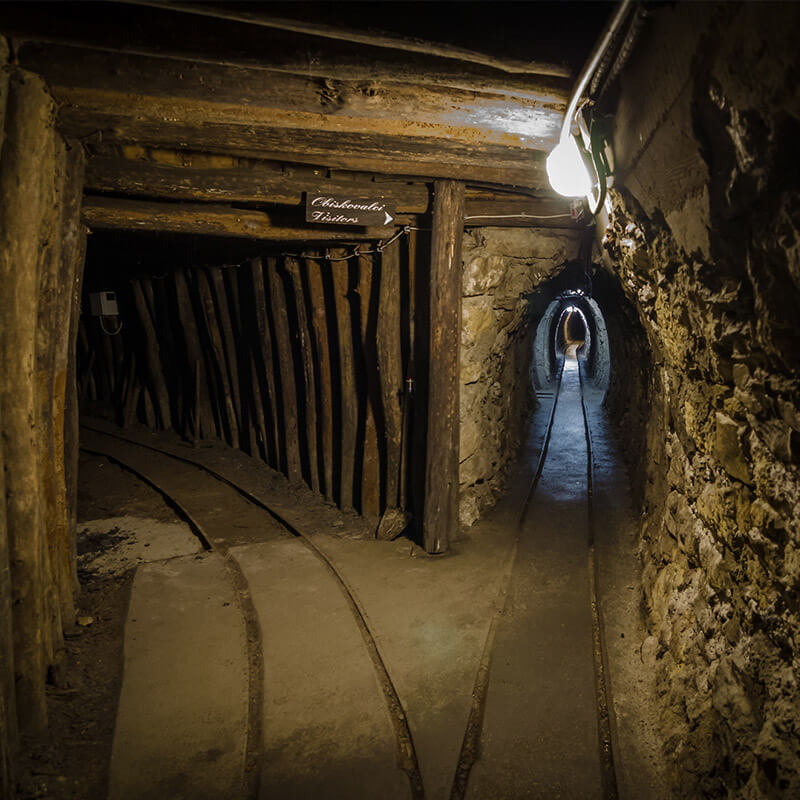
Mercury mine
Deep inside the mine and the museum
Visit the world’s second largest mercury mine, which is included in the eminent UNESCO list of world heritage sites. Legend has it that native mercury was discovered in Idrija by a local bucket maker, when he saw a flash of light while pouring water into a bucket. Following this, Anthony's Main Road shaft was excavated in 1500, and the mercury mine in Idrija became the world’s largest producer of mercury. In 2017, the mine was closed down and turned into an interesting interactive museum, where visitors can go through the underground world to enter the hidden corners with precious cinnabarite ore and drops of native mercury. Not far from here, in the heart of the local forests in the Upper Idrijca Landscape Park, you can see ‘klavže’ – water barriers that are also featured in the UNESCO World Heritage List due to their extraordinary dimensions, as well as technical, technological and aesthetic perfection.
-
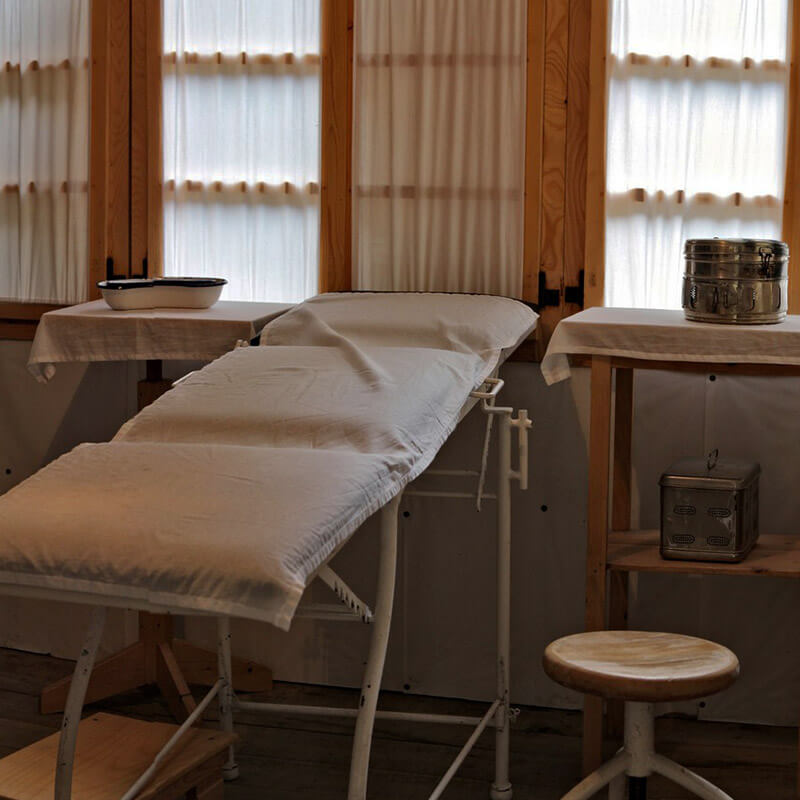
Partisan hospital
A field hospital in a picturesque gorge
The makeshift Franja Partisan Hospital is a cultural monument of national significance. It is included in UNESCO’s Tentative List of World Heritage Sites and is a holder of the European Heritage Label. There are fourteen wooden huts and several auxiliary buildings hidden in the narrow, hard-to-reach, yet awe-inspiring Pasice gorge. The hospital was built between 1943 and 1945. Featuring an operating room, an X-ray, a hut for the disabled and even an electrical switchboard, it was one of the best equipped secret Partisan hospitals. It is a priceless reminder of humanity, nobility and camaraderie.
NOTICE: The path through the gorge to the Franja Partisan Hospital is closed until further notice due to the damage caused by a devastating storm!

